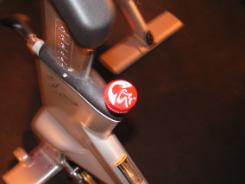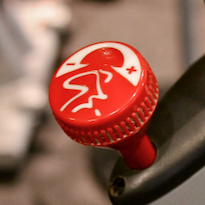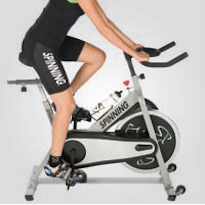Ask the Expert: My Student Puts Too Much Resistance and Pedals Too Slow, Part 1
I’ve had numerous questions over the years about what to do when riders put on too much resistance that slows their cadence down too much. This is a very important issue because heavy resistance has a high risk of injury. Students may do it with the misguided belief it will “strengthen” the legs (like leg presses). It also usually has a high ego component to it. How do you tell them to pedal faster? . . . Read more…




